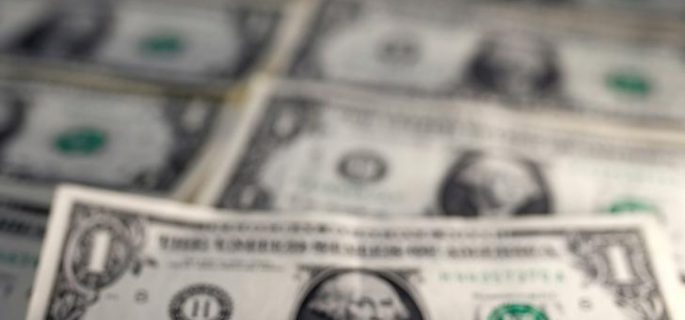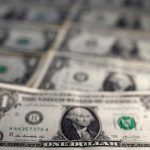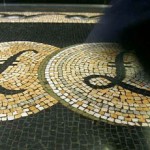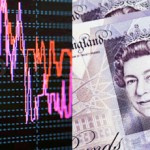U.S. dollar rallied against most of its main rivals

The U.S. dollar rallied against most of its main rivals Wednesday following the Federal Reserve’s policy statement. The central bank kept its interest rate on hold, but detailed that it would unwind its bloated post-financial-crisis balance sheet starting October.
Every month, $10 billion will be shed from the $4.5 trillion balance sheet, the Fed announced. Furthermore, the Fed’s interest-rate expectations, known as dot plots, suggest scope for another rate hike in 2017, followed by three more hikes in 2018.
In response, the ICE U.S. Dollar Index DXY, +0.15% which measures the greenback against six of its rivals, shot to a two-week high of at 92.586, reversing Tuesday’s losses. Meanwhile, the WSJ U.S. Dollar Index BUXX, +0.21% , which compares the buck against a larger basket of currencies, rose 0.6% to 85.80.
The move was a case of fundamentals catching up with technicals, Ashraf Laidi, head trader and strategist at Intermarket Strategy suggested. While the move in the dollar might seem exaggerated, it was largely a reflection of the amount of shorts put on against the greenback, he continued.
“The fact that the Fed still expects a hike this year is notable, considering that prior to the statement, market participants were still somewhat mixed on another hike in 2017,” Laidi said.
“The devastation of Hurricanes Harvey and Irma will no doubt cast a shadow over the third quarter’s growth figures too, which the Fed will be watching closely, but this should be a temporary effect,” Nancy Curtin, chief investment officer at Close Brothers Asset Management, said.
“In the longer run, we may see government infrastructure spending in the areas most affected, a move that will provide some small fiscal stimulus. Finally, consumer prices have not surged enough to warrant an interest-rate increase today, but the core readings are high enough to predict no diversion from a year-end rate hike,” Curtin added.
Earlier in the session, existing U.S. home sales fell 1.7% to a seasonally adjusted rate of 5.35 million in August, dropping for the fourth time in five months.
The dollar broke through the 112-mark against the Japanese yen USDJPY, +0.25% rallying to ¥112.43, its highest level in two months, compared with ¥111.60 late Tuesday in New York.
The euro EURUSD, -0.1177% dipped to $1.1877 from $1.1994 on Tuesday. The dollar also rallied against the Swiss franc USDCHF, +0.2062% , jumping to 0.9703 francs, compared with 0.9627 late Tuesday, its highest level since mid-August.
The British pound GBPUSD, -0.0815% initially held on to earlier gains, having reached an intraday high of $1.3658 — around the highest level since the U.K.’s June 2016 Brexit referendum — before retreating against the buck at $1.3479, versus $1.3511 late Tuesday
The pound zoomed above $1.3600 after U.K. retail sales in August grew 1% month-over-month, well above the 0.2% rise in a FactSet consensus estimate, before retreating to $1.3574.
Against the Canadian dollar USDCAD, +0.1947% the buck rose to C$1.2329, compared with C$1.2295 in the previous session, registering a two-week high.
The New Zealand dollar NZDUSD, -0.5982% also known as the kiwi, was the only G-10 currency to defend its gains against the greenback, soaring as New Zealand’s ruling National party registered a 9-point lead over its rivals in the latest poll ahead of Saturday’s general election, Laidi said.
The kiwi bought $0.7384, reaching a six-week high against the buck, up from $0.7316 late on Tuesday in New York.
Elsewhere in the Americas, the U.S. dollar spiked against the Mexican peso USDMXN, +0.2364% , reversing the trend from earlier in the day, as the country deals with the aftermath of a 7.1-magnitude earthquake that hit Mexico City on Tuesday, in which more than 200 people died. One dollar bought 17.8008 pesos, up from 17.7988 pesos before.
Views from economists “are still mixed as to the medium- and long-term impact of natural disasters on an economy,” Marc Chandler of Brown Brothers Harriman wrote in a note earlier Wednesday. “The short-term negatives to growth and government budgets are often offsets by boosts to longer-term investment and infrastructure spending.”
Source: MarketWatch – Dollar rallies after Fed policy statement




























